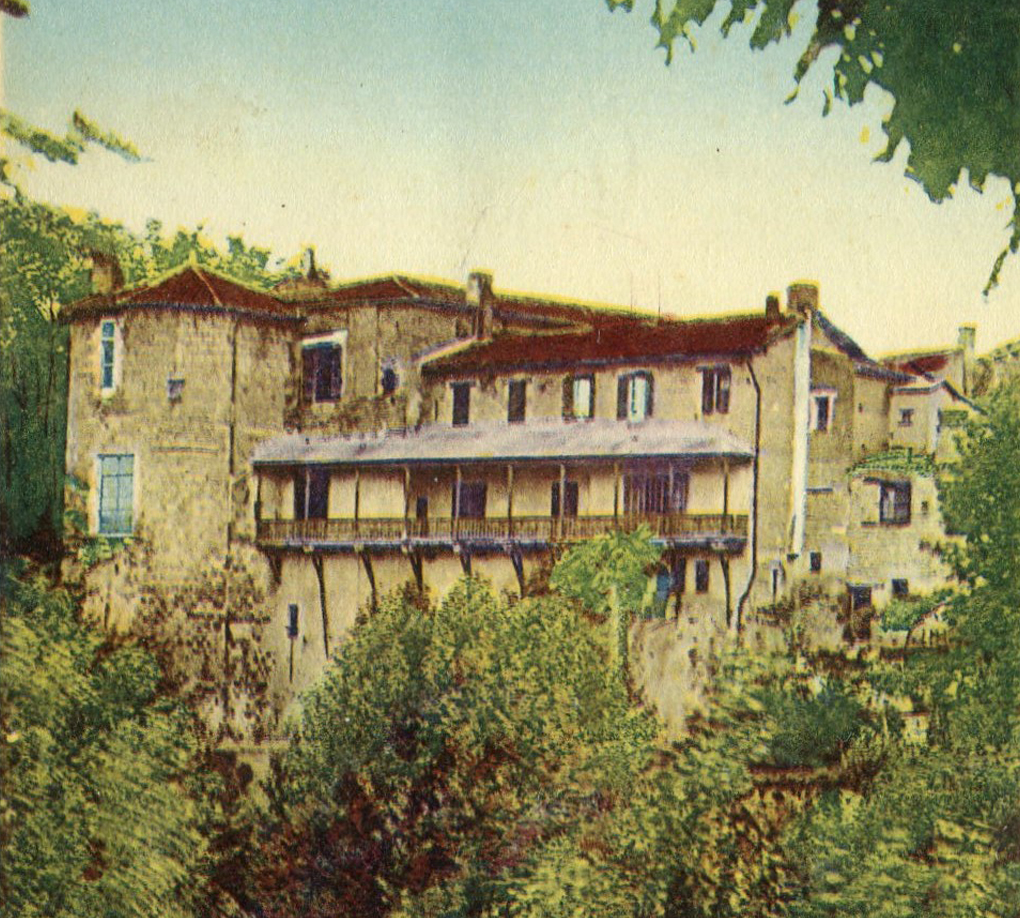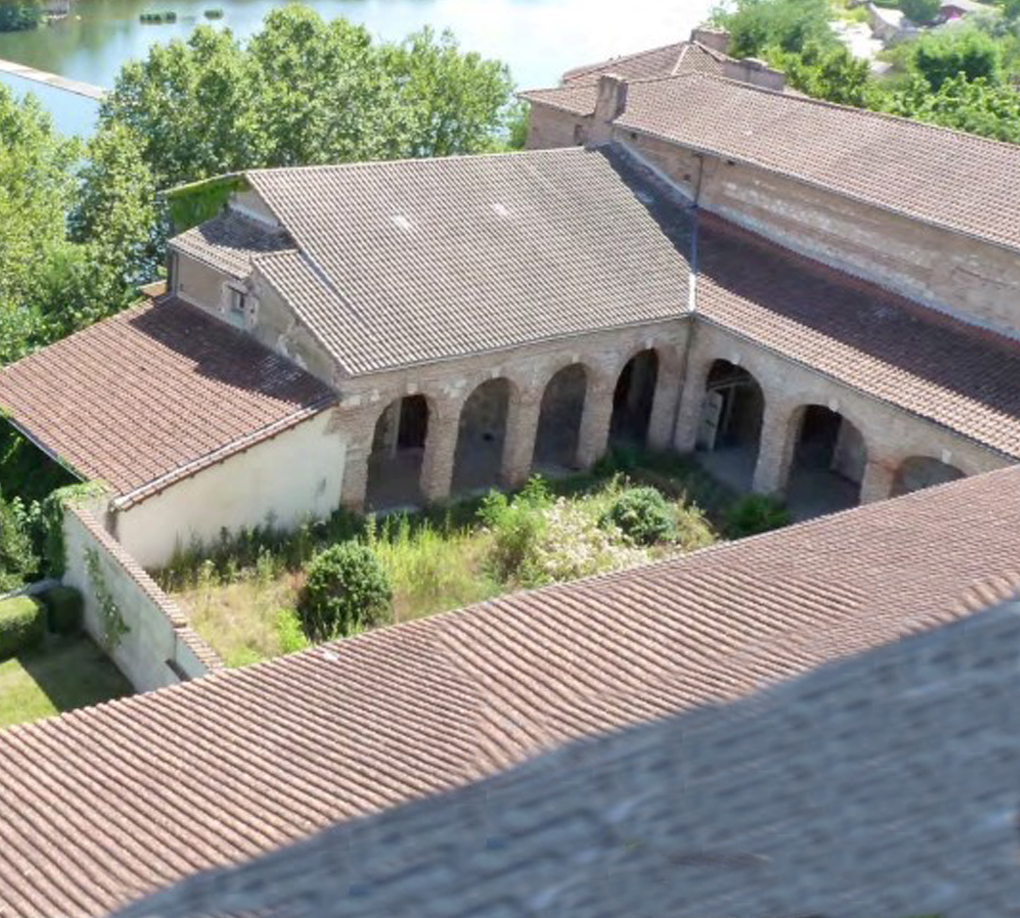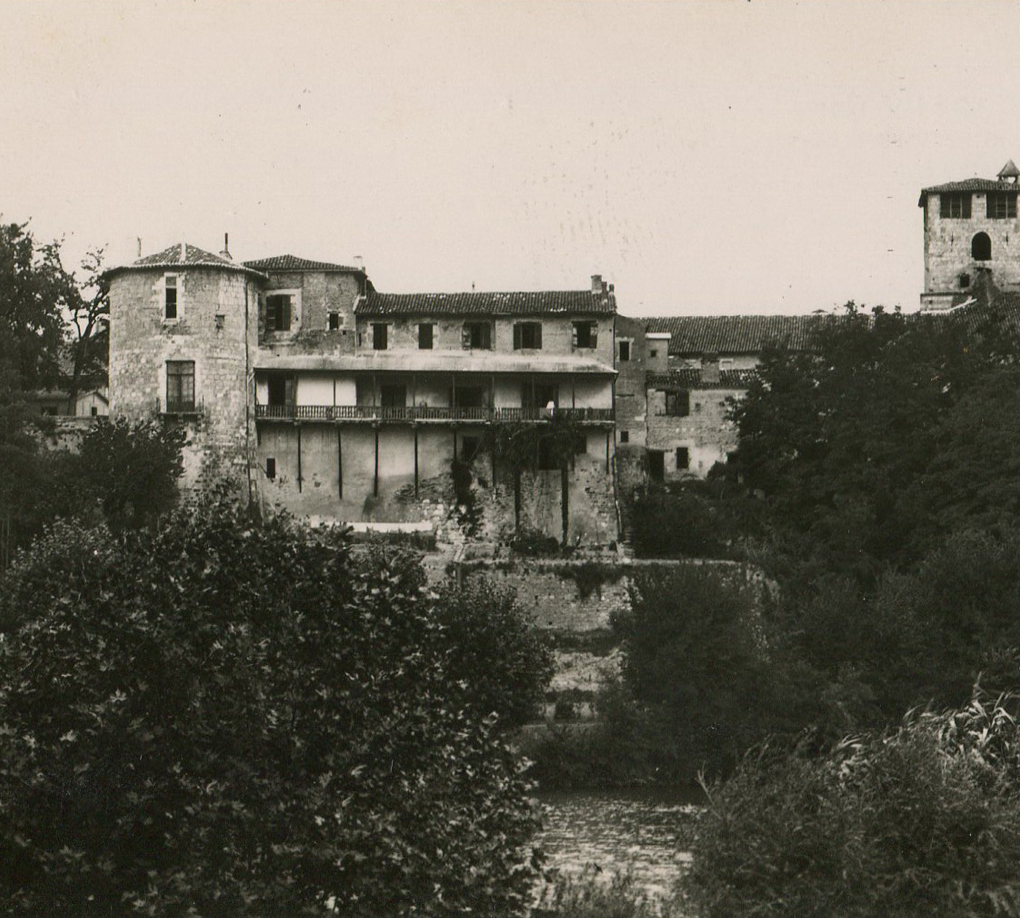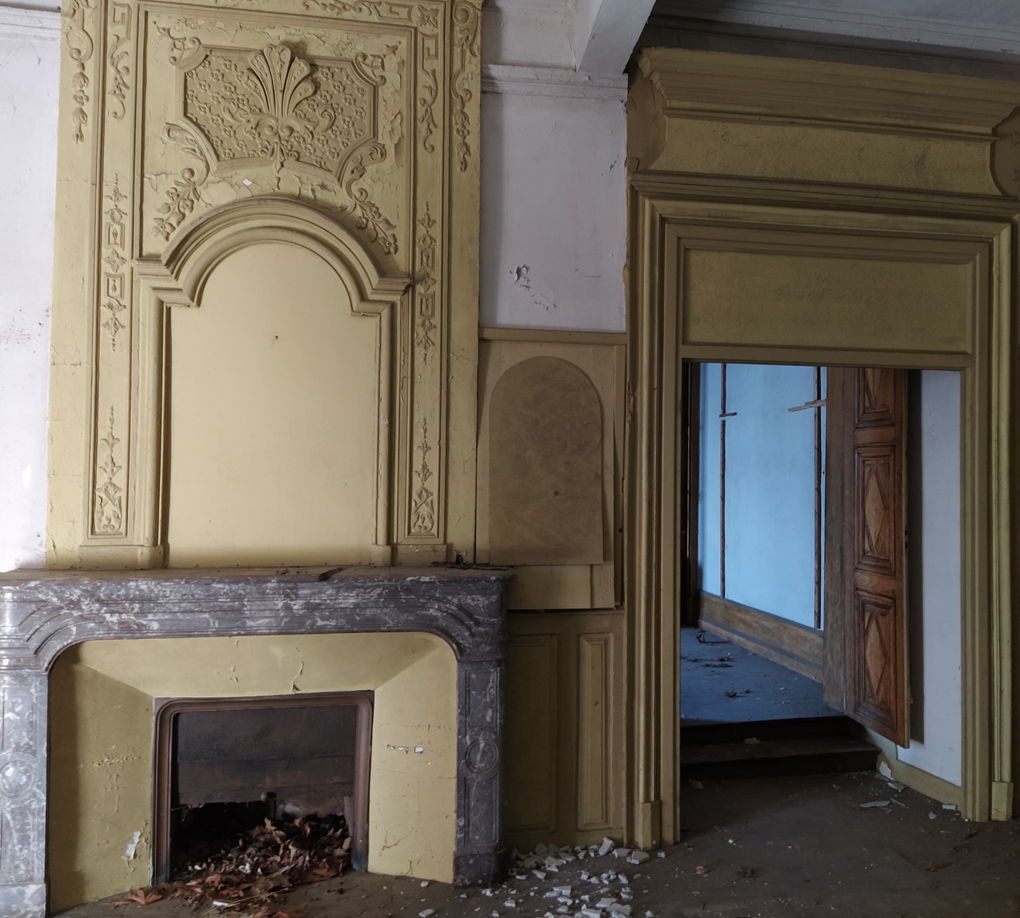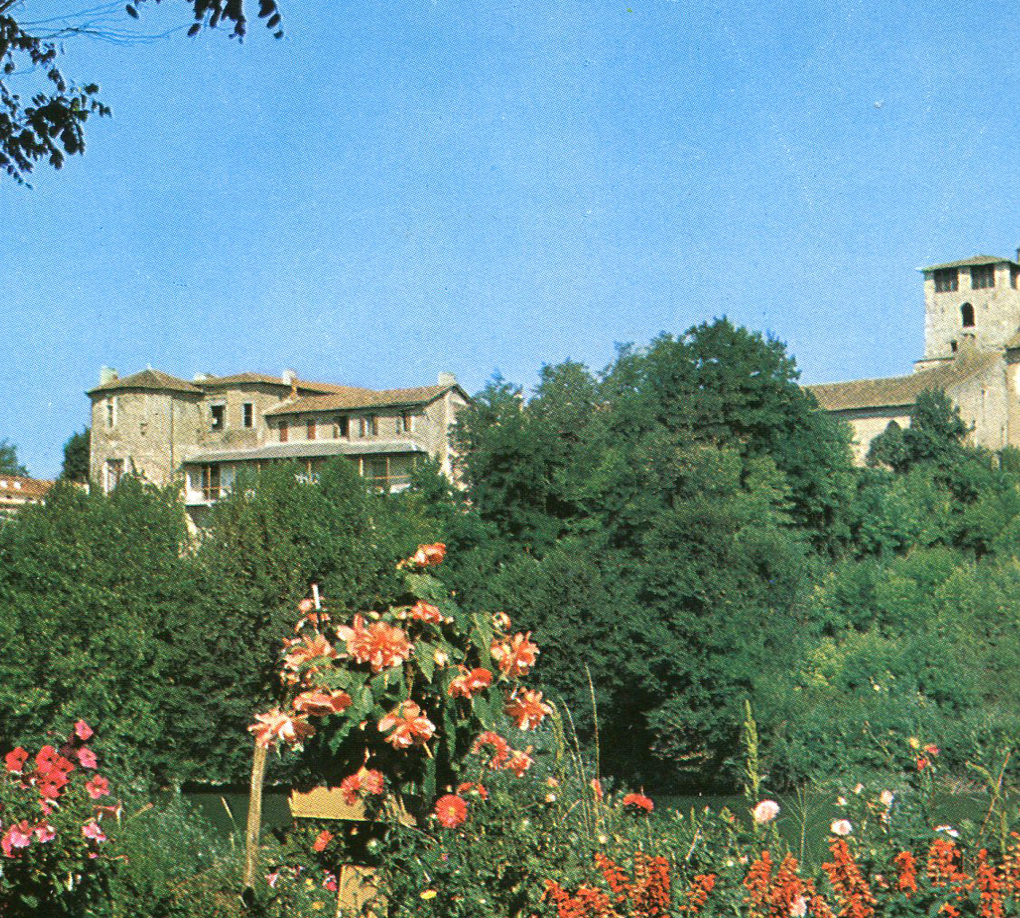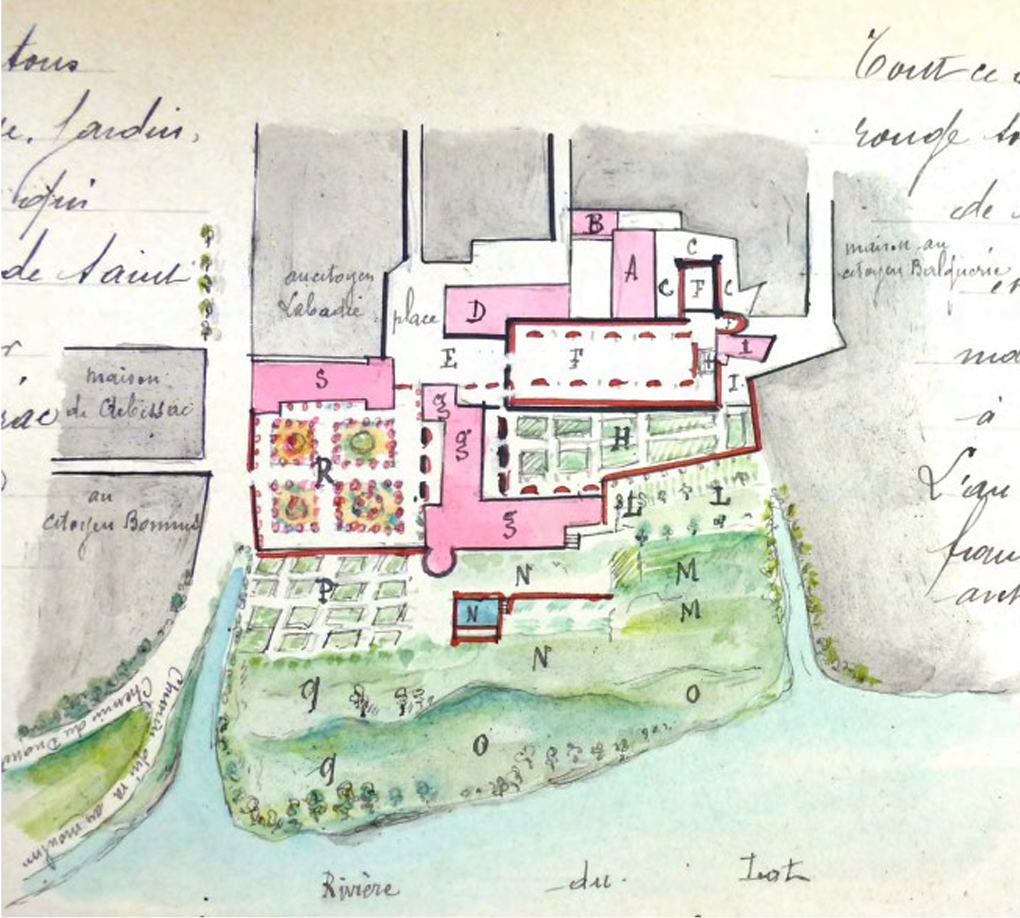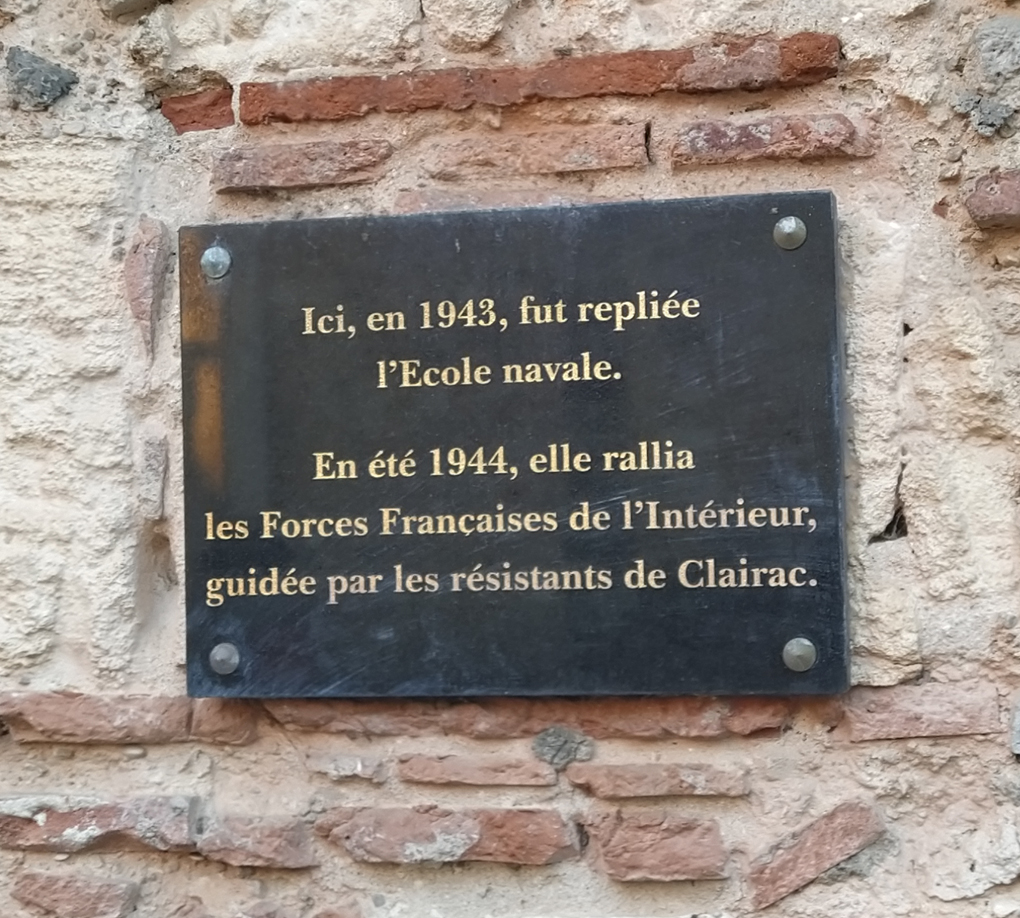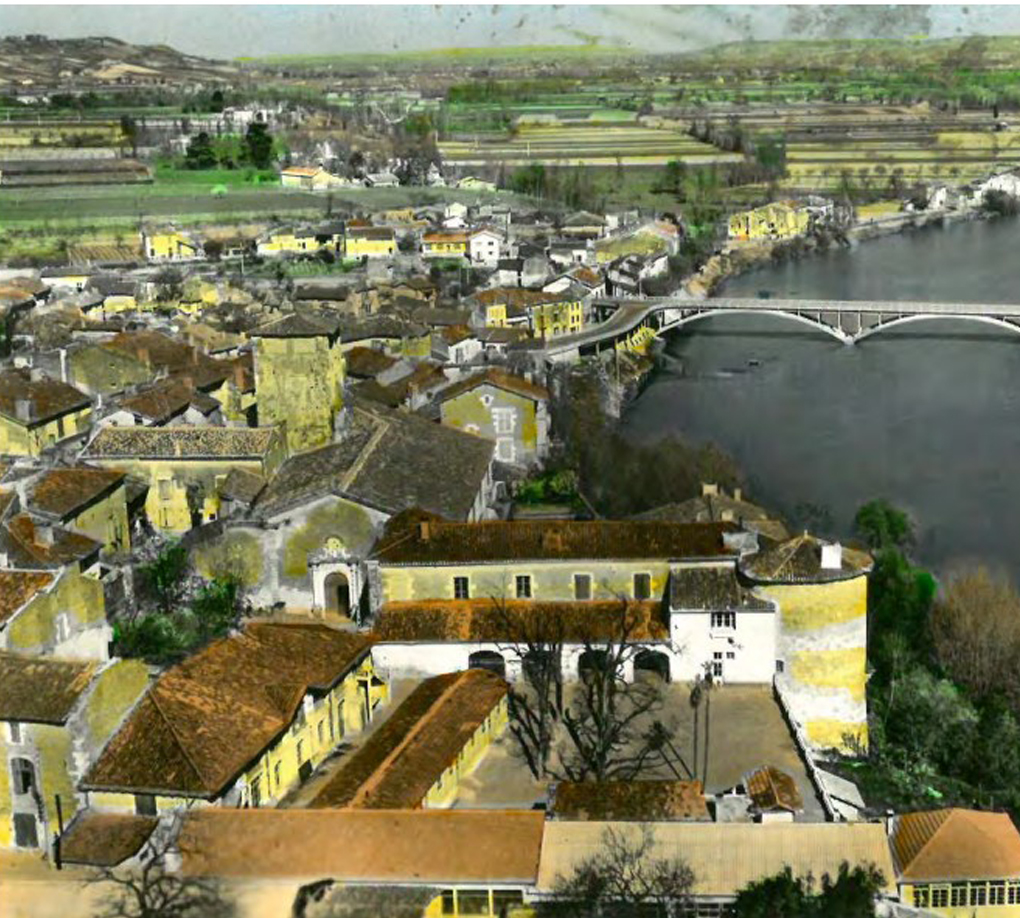.
The history of Clairac abbey
Local historians provide two origins for the foundation of this abbey of the Order of Saint Benedict: -The first makes Pepin the Short, father of Charlemagne, the founder of the abbey around 760. This origin is based on a deed copied in 1328 from the original. -The second is based on a document from the Abbey of La Sauve-Majeure which states that the holy Avit the priest founded the abbey. The founding date cannot be determined, and even the title is uncertain, Saint-Pierre-et-Saint-Paul or Saint-Pierre-ès-Liens? The antiquity of the foundation of the abbey is proven by the extent of its possessions, its importance in the Agenais, the role it has played throughout the centuries, and the importance of the services it has provided to the surrounding region. The town of Clairac developed around the abbey. The abbey was destroyed by the Albigensians in the 13th century. Edward I states in a letter dated May 20, 1293, about the construction of a bastide in Nicole, that the abbot of Clairac was involved in this foundation. That same Edward I gave the abbot of Clairac permission to transport all his grain, wine, and other goods over the Garonne to Bordeaux, etc., without having to pay toll or entrance fees in the city of Bordeaux. According to Artaud de Montor, Guillaume de Grimoald, elected pope under the name Urban V, was a monk in the Abbey of Clairac.
Luchtfoto rond 1980
.
.
.
.
.
During the Hundred Years' War, the city was besieged, and the abbey was partially destroyed by both French and English troops. It wasn't until after the Battle of Castillon in 1453 that peace returned to the land. By then, there were only 9 monks left.
In 1483, Louis XI granted revenues in Languedoc and Guyenne, including those of the Abbey of Clairac, to the Basilica of St. John Lateran to enable its restoration.
At the beginning of the 16th century, there were 150 religious dependent on the abbey, but the Reformation developed in the country. It was then that the monks massively converted to Protestantism, and most of them married. The inhabitants of Clairac had almost all chosen the side of the Reformation. The abbey was plundered and then demolished, as were the churches in the jurisdiction.
Henri d'Angoulême, Grand Prior of France, then received permission from the Parliament of Bordeaux to take possession of the bell tower of the abbey.
The abbey became part of the chapter of St. John Lateran in 1604. The revenues of the abbey were divided into two equal parts, to the Lateran chapter in Rome and to the chapter of the diocese of Agen.
The Lateran Chapter then sent one of its members, Canon Paolo Garganti, as administrator. He then began the reconstruction of the buildings of the abbey and the abbey church.
In 1621, a royal Jesuit mission was established in Clairac. The parish priests and those of the abbey fought at the gates of the abbey church. In 1666, the Protestants referred to the Abbey of Clairac as the "abbey of Babylon." Masses in the abbey church were celebrated by Jesuits from the college in Agen.
Photos
